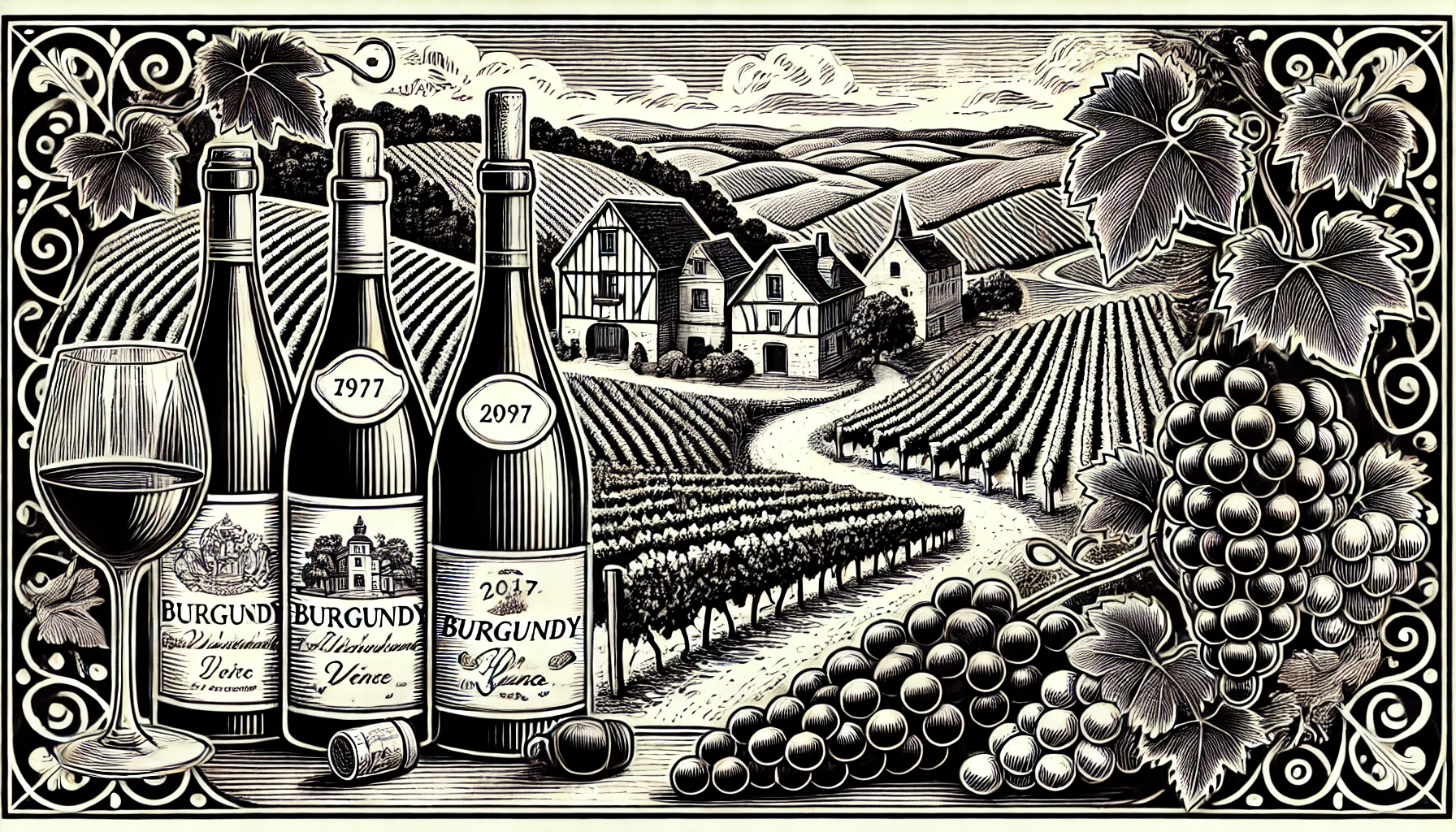
Burgundy, located in eastern France, stands as one of the most prestigious wine regions in the world. The region is known primarily for its production of both red and white wines, crafted from Pinot Noir and Chardonnay grapes. Burgundy wines are often seen as the epitome of terroir-driven winemaking, meaning that the unique characteristics of the land—such as soil composition, climate, and topography—significantly influence the flavor of the wine.
Burgundy’s wine-growing area stretches over 120 miles from north to south and is divided into several sub-regions, including Chablis, Côte de Nuits, Côte de Beaune, Côte Chalonnaise, and Mâconnais. Each sub-region offers its own distinctive style of wine. For example, the Côte de Nuits produces world-renowned Pinot Noir, while Chablis focuses on crisp, mineral-rich Chardonnay.
The classification system in Burgundy is strict and based on geography. At the top of the hierarchy are the Grand Cru vineyards, followed by Premier Cru, village-level wines, and regional wines. Grand Cru wines, produced from the finest parcels of land, command the highest prices and are often considered among the best wines in the world.
Burgundy also has a rich history dating back to the Roman Empire. Monks and monasteries played a significant role in shaping the region’s winemaking practices during the Middle Ages. Today, Burgundy continues to lead the wine world with its dedication to quality, tradition, and terroir. The region’s wines, whether red or white, offer complexity, elegance, and a true sense of place, making them some of the most sought-after by collectors and connoisseurs alike.
Curious about more wine terms and insights? Visit our Wine Wiki section and explore the basic wine terms for expert definitions and tips!